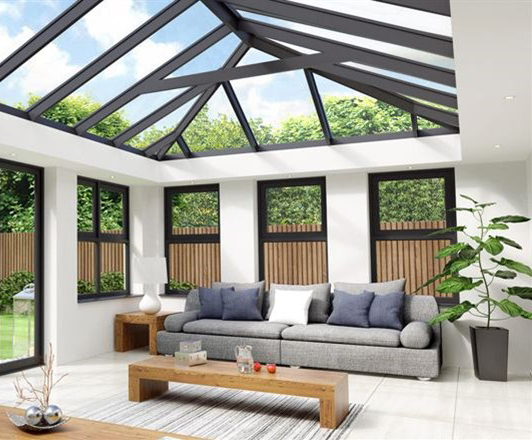There is more than one approach to assemble a rooftop. As the compositional plan is restricted exclusively by the creative mind, material styles are restricted simply by the laws of physical science and the materials accessible. To be sure, any exhaustive conversation of the different styles in the current structure could presumably fill a word reference; however, this article will examine the absolute most basic rooftop plans. Probably, you’ll discover the style of rooftop on your home, except if it is something truly interesting.
Peak
Maybe the most straightforward plan, the peak rooftop is thought to start from the primary rooftops that were basic developments of sticks or logs inclining at points to frame a three-sided cottage. A peak highlights two slanting sides that meet in the focal point of a structure, wherein the two sides slant at an indistinguishable point. Without a doubt it will show up as an even triangle over the body of a structure. These are the most widely recognized sort in North America.
Cross Gabled
A cross-gabled rooftop is somewhat more convoluted than a peak, however simply because it highlights two peak areas that meet at a correct point. The edges framed by every peak rooftop ought to be opposite to one another; and similarly as the slants on a peak are indistinguishable, the stature, length, and contribute of every peak a cross gabled rooftop ought to likewise be indistinguishable.
Basic Hip
Basic hip rooftop as it is additionally known, is another normal sort. Like a gabled rooftop, the hip rooftop has two slants at indistinguishable points that meet in the focal point of the structure. Nonetheless, the finishes are not level. All things being equal, a hip rooftop highlights four slanted sides with the goal that all outside dividers are a similar size. Basic hip rooftops are invaluable to peak rooftops as they give better insurance in high wind or storm regions.
Pyramid Hip
As the name proposes, a pyramid hip rooftop is basically the same as a straightforward hip with the additional component of four equivalent three-sided sides that meet at the middle.
Cross Hipped
A cross hipped rooftop follows the plan highlights of a cross gabled rooftop, however with the additional plan highlights of a hipped. A cross hipped rooftop fits on a structure with all outside dividers at a similar tallness. Maybe you took two structures with hipped rooftops and connected them oppositely. The part where the two rooftops meet is known as a valley.
Mansard
The Mansard plan started in fifteenth-century France and is named after the draftsman, Francois Mansart, who advocated the rooftop. Each side of the Mansard rooftop highlights two particularly various slants; the lower segment of the rooftop is almost level and has recently a slight slant, while the upper area is more extreme. This kind of rooftop was additionally famous during the Victorian time of design and is usually seen all through Europe.
Saltbox
A saltbox is basically a topsy-turvy peak rooftop. The rooftop highlights two slants that meet sooner or later ludicrous, yet the point and stature of the inclines need not be something very similar.
Gambrel
A gambrel rooftop is a thing that you hope to discover on a customary animal dwelling place. With two even sides, just as two particular slants on each side of the rooftop, this is something of a combination of a peak and Mansard rooftop. The base slant has the steepest pitch, and even be almost vertical, while the top slant is more steady. In contrast to a Mansard rooftop, the gambrel includes this plan on just different sides of the rooftop, as you would expect on a peak.
Level
Level rooftops are getting progressively well known with current structural plan. Highlighting just a slight slant to improve water seepage, pads require less material so are more affordable to assemble. In any case, level rooftop normally require more incessant support.




